Rising Demand for Automation
The increasing demand for automation across various sectors is a primary driver of the Programmable Robots Market. Industries such as manufacturing, logistics, and healthcare are increasingly adopting programmable robots to enhance efficiency and reduce operational costs. According to recent data, the automation market is projected to grow at a compound annual growth rate of over 10% in the coming years. This trend indicates a robust shift towards automated solutions, where programmable robots play a crucial role in streamlining processes and improving productivity. As businesses seek to remain competitive, the integration of programmable robots into their operations appears to be a strategic move, thereby propelling the growth of the Programmable Robots Market.
Advancements in Robotics Technology
Technological advancements in robotics are significantly influencing the Programmable Robots Market. Innovations in sensors, actuators, and control systems have led to the development of more sophisticated and capable programmable robots. These advancements enable robots to perform complex tasks with greater precision and reliability. For instance, the introduction of collaborative robots, or cobots, has transformed the landscape by allowing human-robot collaboration in various environments. The market for these advanced robots is expected to expand, with estimates suggesting a growth rate of approximately 15% annually. This technological evolution not only enhances the functionality of programmable robots but also broadens their application scope, thereby driving the Programmable Robots Market forward.
Increased Adoption in Education and Training
The adoption of programmable robots in educational institutions and training programs is emerging as a key driver of the Programmable Robots Market. Educational robots are being utilized to teach programming, engineering, and robotics concepts to students of all ages. This trend is fostering a new generation of skilled workers who are proficient in robotics and automation technologies. Data suggests that the educational robotics market is expected to grow significantly, with an annual growth rate of around 20%. This increased focus on robotics education not only enhances learning experiences but also prepares students for future careers in technology-driven industries, thereby contributing to the expansion of the Programmable Robots Market.
Growing Investment in Research and Development
Investment in research and development (R&D) is a significant driver of the Programmable Robots Market. Companies and governments are increasingly allocating resources to innovate and improve robotic technologies. This focus on R&D is essential for developing new applications and enhancing existing programmable robots. Recent statistics indicate that global spending on robotics R&D has surged, with projections suggesting a continued upward trend. This investment fosters innovation, leading to the creation of more advanced programmable robots that can meet diverse industry needs. As a result, the emphasis on R&D is likely to propel the growth of the Programmable Robots Market, as new technologies emerge and existing solutions are refined.
Sustainability and Environmental Considerations
Sustainability and environmental concerns are increasingly influencing the Programmable Robots Market. As industries strive to reduce their carbon footprint and enhance sustainability, programmable robots are being recognized for their potential to optimize resource usage and minimize waste. For instance, programmable robots can improve energy efficiency in manufacturing processes and reduce material waste through precise operations. Recent studies indicate that companies implementing robotic solutions have reported a reduction in energy consumption by up to 30%. This alignment with sustainability goals is likely to drive the adoption of programmable robots, as businesses seek to meet regulatory requirements and consumer expectations regarding environmental responsibility, thereby fostering growth in the Programmable Robots Market.
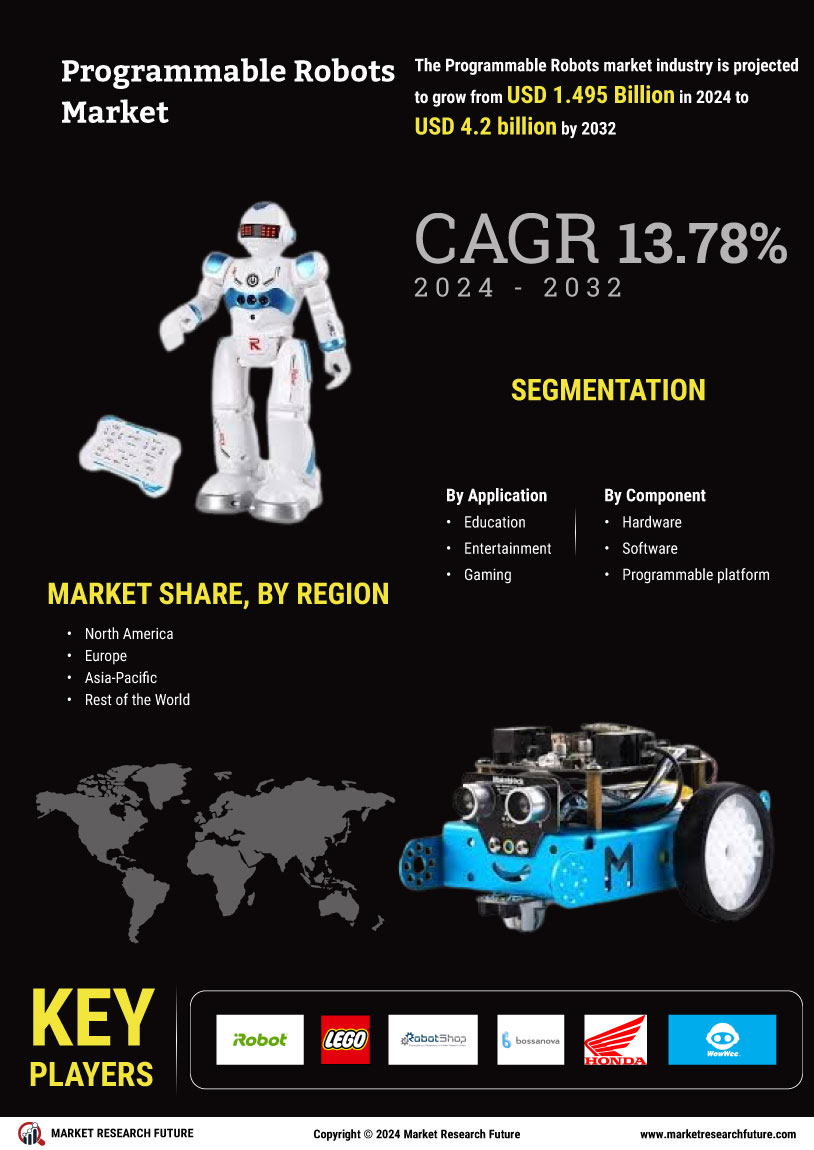
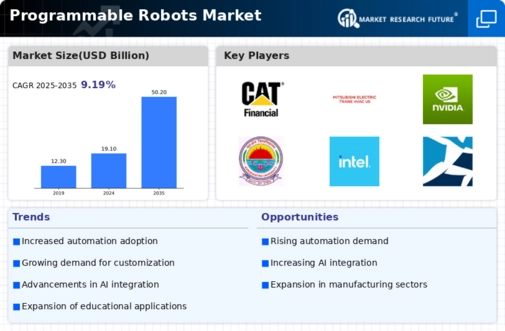
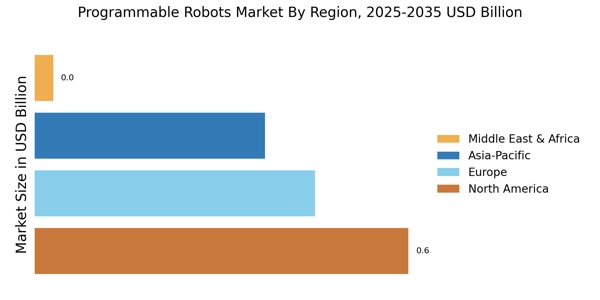
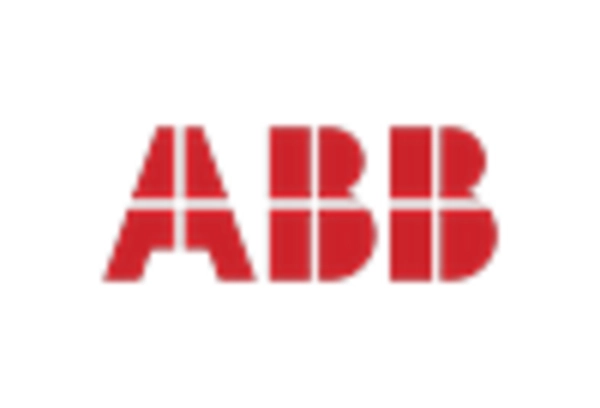

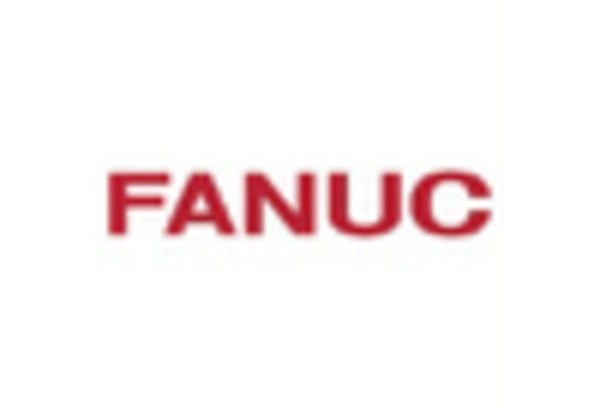











Leave a Comment